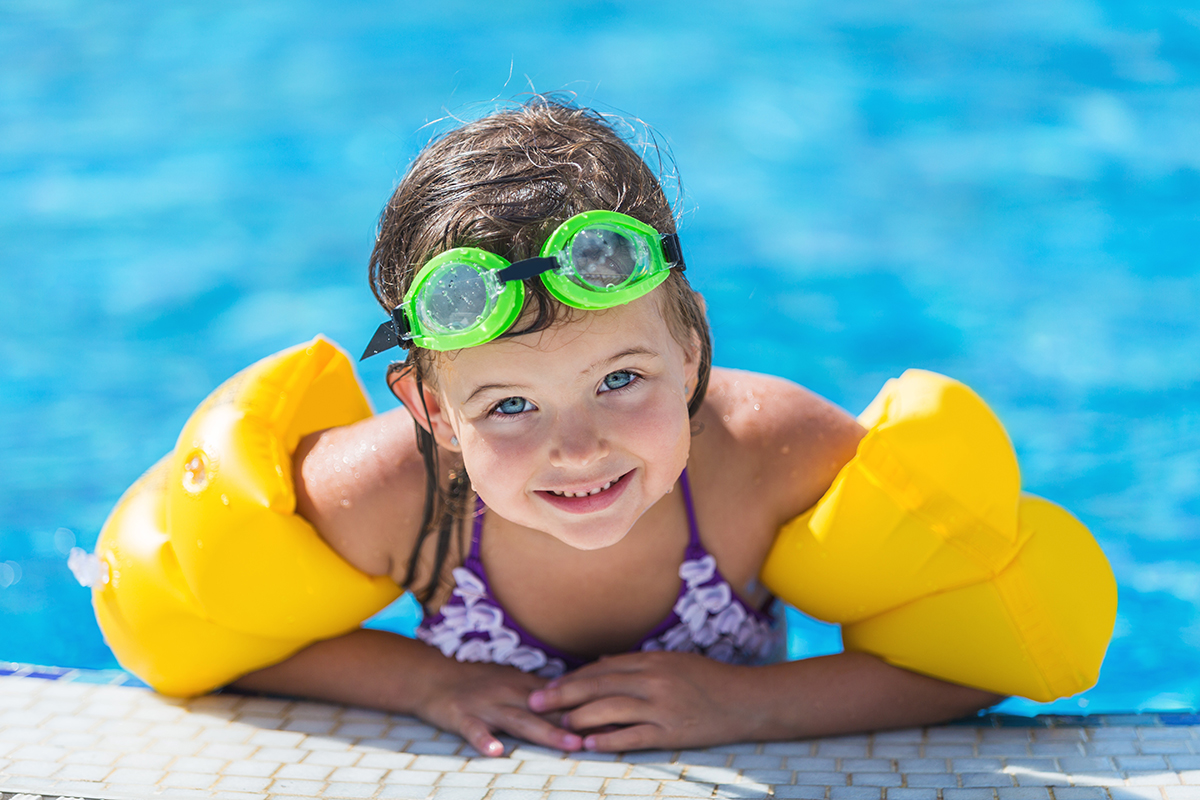- Study Says Most Parents Don’t Use Car Seats In Ride Share Vehicles Like Uber
- This 12-Year-Old Boy Is A Sophomore Aerospace Engineering Major!
- Fire Safety Experts Warn Of Hand Sanitizer Danger After A Mom and Kids Escape House Fire
- Recall Alert: Peaches May Be The Cause Of Salmonella Outbreak, 68 People Ill
- Summer Vacation In The Days Of COVID: Tips To Stay Safe
- How To Safely Grocery Shop During The Coronavirus Pandemic
- Michigan Teen With Vape-Related Illness Undergoes Double Lung Transplant
- Teen Kicks Off Anti-Vaping Campaign From Hospital Bed
- Teenager Receives Life Sentence For Strangling Sister To Death Over A Wi-Fi Password
- Toddler Falls To Death From 11th Deck of Cruise Ship
What You Need To Know About Delayed Drowning


Possibly two of the most unknown dangers to children, delayed and dry drowning’s can happen without any warning signs.
Delayed and Dry drowning’s occur in about 1-2% of drowning cases only, however you should at least know about it and stay alert for signs.
Often confused with each other, there is a distinct difference between ‘Dry’ and ‘Delayed’ drownings:
When a child (or adult for that matter) who is still figuring out how to swim, inhales a little water it may trigger a spasm in the airway, making breathing difficult – this is Dry drowning. It sometimes confused with normal drowning because it occurs in real time and causes asphyxiation but water never actually enters the victim’s lungs – hence the name “dry”. It causes the vocal chords to spasm and closes off airways without actually filling the lungs with water.
‘Delayed Drowning’ on the other hand, is related to “near drowning” incidents which can cause a fluid build-up in the lungs, and then breathing difficulty a while later. In many of these cases, a person can have an incident in the water and then walk and talk normally afterward – seemingly fine. With secondary drowning, water gets into the lungs in little amounts which are not enough to disable breathing right away. It basically sits there and constrains the lungs’ ability to oxygenate the blood. Over a period of several hours, the person then starts to have more and more trouble breathing.
Both of these instances can lead to breathing trouble and brain injury, and if unrecognized and untreated, it can be fatal.
How To Prevent Delayed and Dry Drowning:
- Watch your kids closely in and around water – you have to be within two steps of arm’s reach. If a lifeguard is present, it’s still best for a parent to be vigilant.
- The best preventative measure is to make sure that your children know how to swim.
- There is no reason to ever leave a child unattended around a pool, or any body of water – even if they are able to swim.
Be watchful of the following symptoms in a child, immediately or even hours after spending time in the water:
- If a child is working too hard to get oxygen – he or she will have difficulty breathing, coughing, chest pain, or will even throw up. Rapid, shallow breaths, nostril flaring, or a noticeable gap in the ribs when breathing are all indications that the child is struggling to breathe.
- In the beginning stages of delayed drowning, a child may be really miserable, argumentative, or aggressive.
- Fatigue can be another sign that the brain isn’t getting enough oxygen.
- Blue lips and pale skin are also warning signs.
Stay vigilant and take the child to the emergency room if the symptoms worsen.








Sophie Anning-Baker
June 2, 2016 at 9:05 pm
Jim Baker don’t want the kids swimming at school now
Laurie Flores-Garcia
June 3, 2016 at 12:02 pm
James Garcia read this please